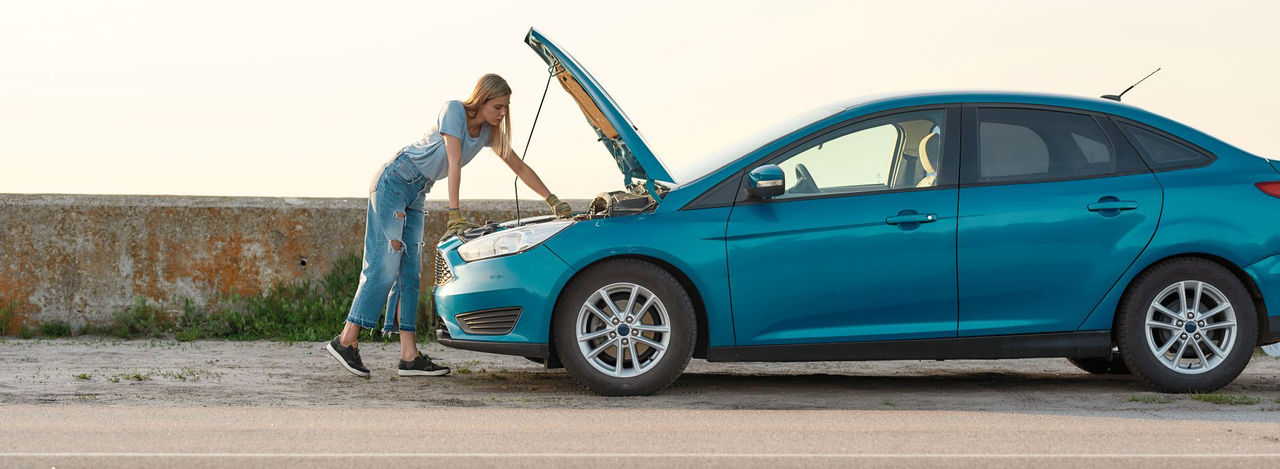Motorway breakdowns: what should you do?
08 June 2022
An amazing 35,000 vehicles a day drove along Transmission Gully in its first 10 days of operation, and the new 27km stretch of road has drawn positive feedback from motorists. But even on a brand new road, there were 114 incidents in those 10 days, according to the management company that monitors it via camera, 24/7. Flat tyres, unsecured loads, running out of petrol – more than half of the incidents were stopped vehicles, despite it being illegal to stop on a motorway.
Only stop on the motorway in an emergency

It’s dangerous to stop or park on the motorway and it can lead to a $150 infringement fee, or a maximum fine of $1000 if convicted. It’s also possible this fine could be applied if you run out fuel and your car causes major traffic disruption.
Until 1984, it was an offence to run out of fuel on the Auckland Harbour Bridge. But that is no longer the case, despite a police request in 2009 to make it an offence to run out of fuel anywhere on the Auckland motorway network.
You can understand why police feel frustrated by motorway breakdowns. Here at the AA, we attend nearly 1000 callouts each year on the Auckland network and the Harbour Bridge is a major hotspot: we attended 86 callouts in 2020 and 68 in 2021. The other major breakdown site is the Northern Motorway, where we attended 87 callouts in 2020 and 77 in 2021. To try to keep traffic flowing, a team of dedicated engineers continuously monitor live traffic webcams on the Bridge, as well as other cameras along our motorways, so they may send help if they see you in trouble.
What to do if you break down on a motorway
If you do break down on a motorway, you should:
- Park as far to the left as you can.
- Turn on your hazard lights.
- If it’s dark, raining or foggy, turn on your parking lights.
- Stay in the vehicle if possible, sitting in the seats furthest from the traffic, with your seatbelts on.
- If you think it’s safer to exit the vehicle, get out on the side away from the traffic, keep everyone together and find a safe area away from the road or behind a barrier.
- Call 111 if your life is at risk; call *555 if there is danger but it is not life-threatening.
- AA Members can call *222 for AA Roadservice assistance.
You can keep a copy of these instructions handy with our Glovebox breakdown safety guide.
Calling AA Roadservice

AA Roadservice is available 24/7 by calling *222 from your mobile or a roadside phone. Once you’ve called us, don’t try to fix the vehicle yourself. We reach 90% of breakdowns within an hour, and 92% of cars are able to be mobilised at the roadside. You are covered whether you're the driver or the passenger no matter what car you are in.
If you have run out of fuel, let us know. We deliver fuel for free, although you will need to pay for the cost of the fuel.
You don’t need to get out of the car to say hello when we arrive – stay in your vehicle or in the safe area you have moved to and wait for our Service Officer to approach you and follow their instructions.
As an AA Member, you can call us out up to six times a year, or for those who have been a Member for 10 years or more, we provide unlimited Roadservice callouts. We’ll get you on your way with expert advice, or provide extra support and towing if you need it.

